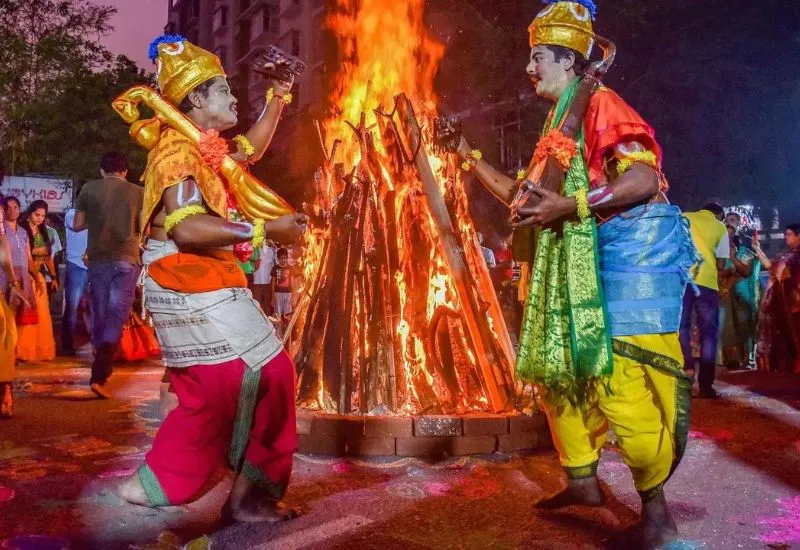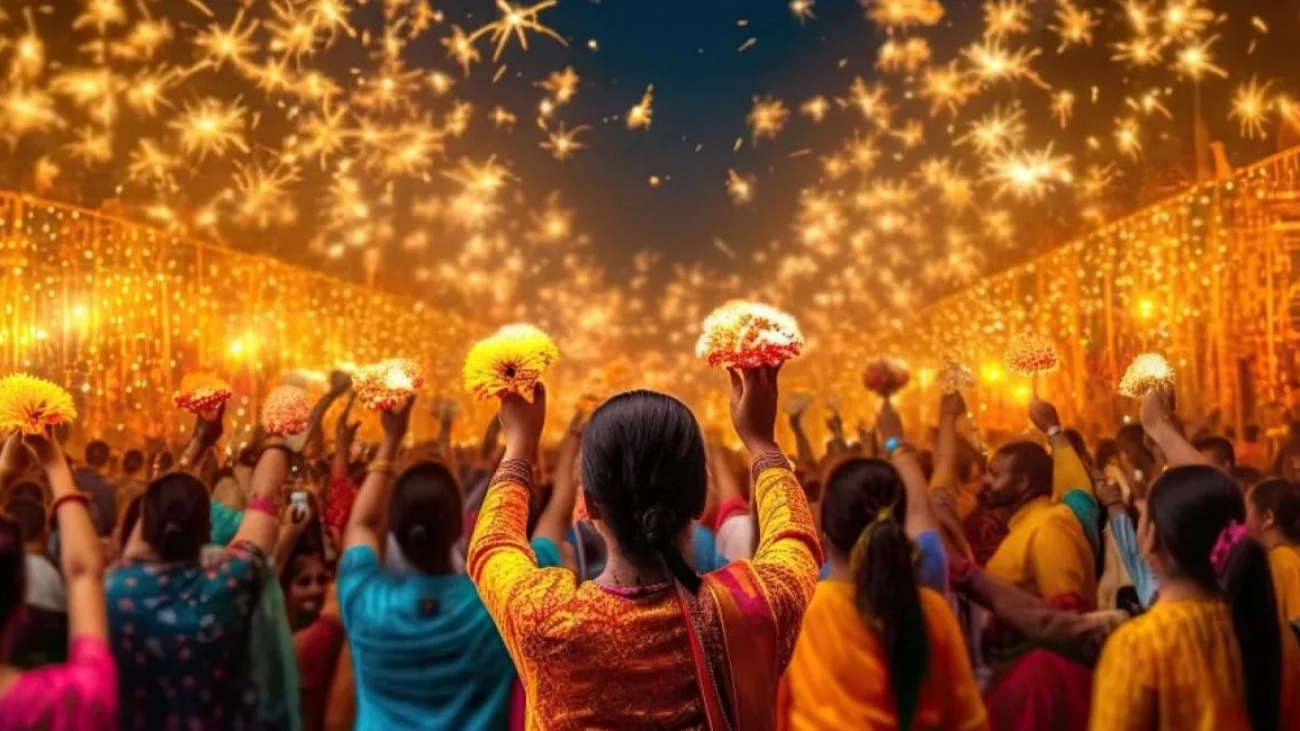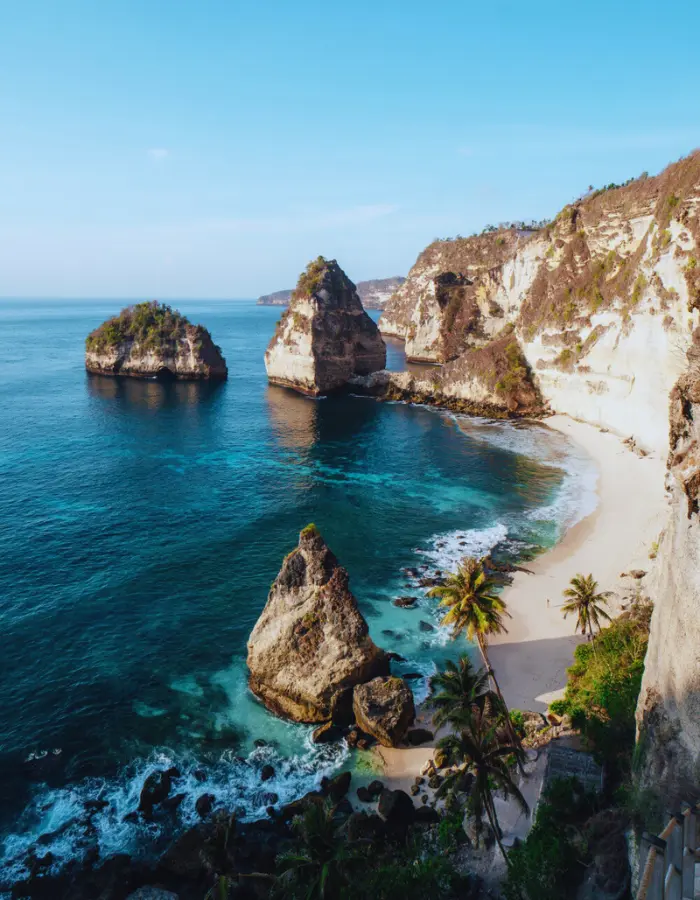What are the national festivals of India?
Makar Sankranti (Indian Festival)
One of the most important Indian festivals, One date that remains constant is Makar Sankranti (14 January), marking the beginning of the northern journey of the sun. In the west and North Bharat, this can be the time of the Kite competition. The clear blue winter sky comes alive with delicate paper squares of each hue as youngsters and adults skillfully manipulate the ends of their glass-encrusted threads to ‘cut’ and down their rivals’ kites.
Pongal (Indian Festival)
One of the most important Indian festivals, In the south, the winter competition is Pongal, the Tamil Harvest Thanksgiving, once cows and bulls are specially honored in recognition of their valuable contribution to village life. they’re allowed to share honored rice that is ceremonially offered to the Sun god. Swathed in garlands, their long horns painted in vivid colors, the bovine is taken around neighbor villages in the course of bands of rustic musicians and cheering youngsters.
Rath Yatra of Orissa (Indian Festival)
One of the most important Indian festivals, Under the blazing summer sun in June, the Raja of Puri, dressed as a humble servant of the gods, ceremonially sweeps the trail before the large wood methods, or temple chariots, within the nice Rath Yatra of Orissa in eastern Bharat. The chariot, drawn by many heaving men and watched by thousands of pilgrims, carries Jagannath and his brother and sister on their slow annual journey from the temple. This was the ceremony that crystal rectifier early English observers to borrow the name of the god for any unbeatable vehicle, or ‘juggernaut’.

Holi (Indian Festival)
One of the most important Indian festivals, Spring brings new hope and also the promise of lots. Holi, which coincides with the March/April full phase of the moon, is marked by the lighting of nice bonfires to symbolize the triumph of fine over evil within the burning of the unsatisfied demoness Holika, who demanded a diet of kids. If you venture out you will realize it exhausting to escape the colored powder and water thrown in remembrance of the romantic Lord Krishna who engaged in similar playful games together with his favorite milkmaids. Take care although, because the jollification will get out of hand.
Navratri (Indian Festival)
One of the most important Indian festivals, The 9 autumnal nights of Navratri in October culminate within the great Dasara celebration ceremonial occasion of the triumph of Rama over the supposedly unconquerable ten-headed King Ravana who had taken his stunning adult female Sita. The Ramlila, drawing on Sanskrit literature stories, is enacted for 9 nights leading up to the 10th(Dasara) once large bamboo and paper effigies of the evil large and his aides are set alight amidst nice jubilation. Bengalis celebrate the festival through communal worship or Puja of the triumphant mother divinity Durga riding a lion who defeats the buffalo demon once a good battle. On the tenth night, her splendid image, besides those of her Four youngsters, is taken in procession by cheering crowds to be immersed within the waters of the holy stream, returning clay to clay.
Diwali (Indian Festival)
One of the most important Indian festivals, Perhaps the foremost placing of all festivals is Diwali which follows presently once, on the night of the phase of the moon in October- Nov, once row upon row of very little clay oil lamps (now usually increased by strings of electrical bulbs) are lined upon window ledges and balconies, in remembrance of the lights that greeted Rama’s come back once fourteen year in exile. The night sky bursts out with spectacular displays of fireworks whereas roaring firecrackers take passers-by by surprise.
Gain a deeper understanding of the cultural tapestry that weaves together the fabric of India’s most basic festivals, showcasing the unity, diversity, and timeless traditions that make them an integral part of the Indian way of life.


